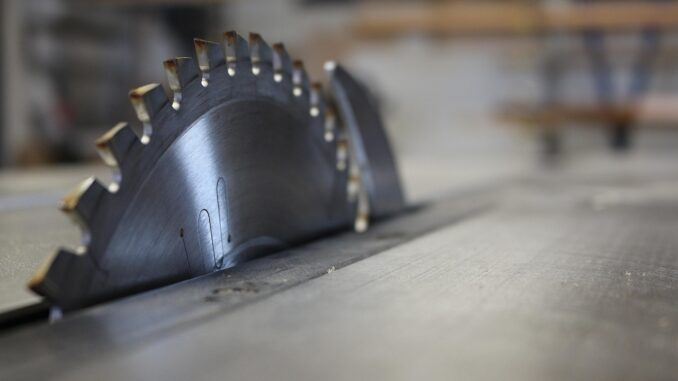
Finding the perfect spot for a woodshop might sound daunting, but it’s all about smart planning. Look at your available space and think about how you can make the most out of it. Whether it’s a garage corner or a shed in the backyard, ensure there’s enough room for your tools and projects.
>Set Up Your Own Small WoodShop on a Budget<
Lighting isn’t just about flipping a switch. Natural light is awesome, but you’ll want good overhead lighting too. It’ll save you from squinting at intricate details and keep those shadows away. And don’t forget ventilation. All those wood shavings and sawdust need an escape route. Fresh air isn’t just nice—it’s necessary.
Safety is non-negotiable. A cluttered space can quickly turn hazardous. Plan your layout with open paths and consider where your tools will be stationed. Think about potential hazards and how you can avoid them. It’s all about keeping your creativity flowing without tripping over cords or reaching awkwardly across your workspace.
Even a small area can become the workshop of your dreams with a bit of thought and effort. Move things around till it feels just right, and remember that reorganizing as you grow and bring in new tools is part of the process. Your woodshop is a living thing, adapting as you hone your skills.
Essential Tools and Equipment
Jumping into woodworking without the right tools is like trying to bake a cake without a whisk. You don’t need to buy out the whole hardware store at first, so let’s keep it simple and focus on the essentials. A sturdy workbench tops the list. It’s where the magic happens, so make sure it’s durable and suits your workspace.
When it comes to power tools, a circular saw and a power drill are great starters. They’re versatile and handle most beginner projects with ease. If you’re itching for more precision, a jigsaw or a router can give you that extra edge. They’re not just cool gadgets; they really up your game.
Don’t overlook the importance of hand tools. A set of chisels, a hammer, and a couple of good screwdrivers are your bread and butter. These tools might not boast the power of their electric brethren, but they’re indispensable for fine-tuning and details.
Budgeting for tools can feel like pulling teeth, but it’s essential to set limits. High-end versions aren’t always necessary when starting out. Look for deals or second-hand options that can save you cash without sacrificing quality. Over time, you’ll learn which brands and features are worth the splurge.
Organizing Your Woodworking Space
Getting your space organized is like setting the stage for a smooth woodworking experience. Effective storage solutions aren’t just about tidiness; they’re about maximizing efficiency and minimizing frustration. Think wall-mounted racks or pegboards for easy access to frequently used tools.
Defining zones in your workshop can simplify your workflow. Set up areas for cutting, assembling, and finishing. This setup keeps the shuffle less hectic and keeps everything within arm’s reach. No one wants to wander across the whole shop just to grab a clamp.
Comfort in your shop matters as much as function. An ergonomic layout means fewer aches and more time for creativity. Adjustable workstations can cater to different tasks, and keeping commonly used items at waist height can save your back from unnecessary strain.
A clean workspace isn’t just more pleasant; it’s safer. Regular tidy-ups can prevent accidents from errant nails or rogue wood chips. Develop a habit of cleaning as you go, and you’ll thank yourself later. It’s like clearing your mind for the next spark of inspiration.
Implementing Safety Practices and Maintenance
Safety in a woodshop isn’t just a checklist; it’s a mindset. From day one, gear up with essential safety wear like goggles, gloves, and ear protection. They might seem basic, but they’re your first line of defense against accidents.
Regular maintenance on your tools keeps them running smoothly and reduces risks. Inspect cords for frays, ensure blade sharpness, and lubricate moving parts to prevent unexpected mishaps. It’s a bit like offering a car a routine tune-up to keep it purring.
Always have a clear emergency plan. Know where your fire extinguisher resides and have a basic first-aid kit within reach. These things you hope to never need, but it’s better to be prepared. It’s like carrying an umbrella on a cloudy day.
Cultivate a shop environment where safety is second nature. Encourage a culture of mindfulness. Don’t rush. For every cut you make and tool you use, think it through. This approach not only keeps you safe but keeps your creativity flowing without hitches.
Leave a Reply